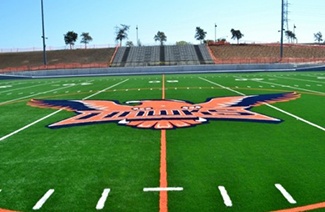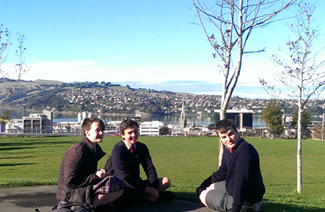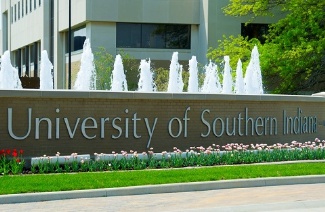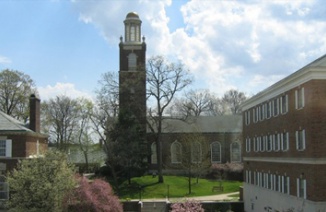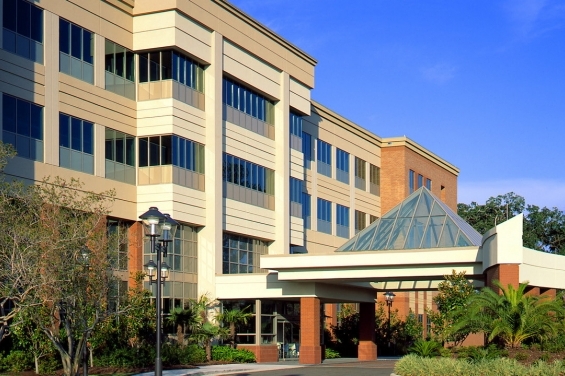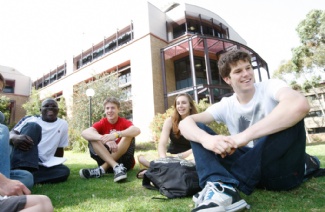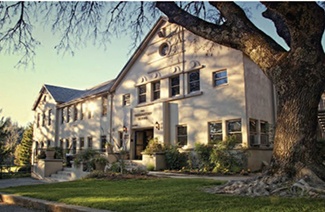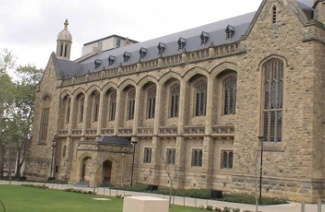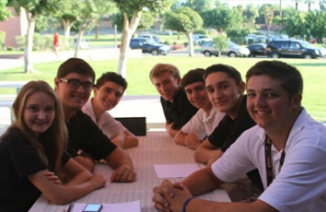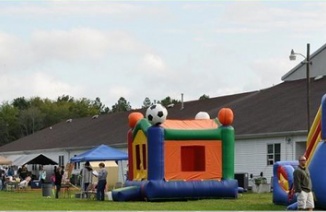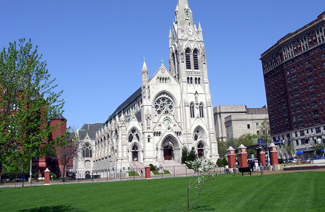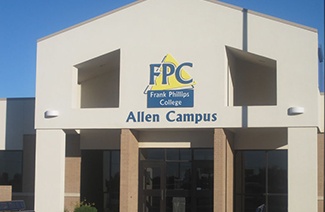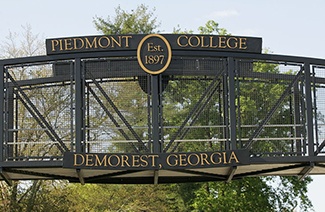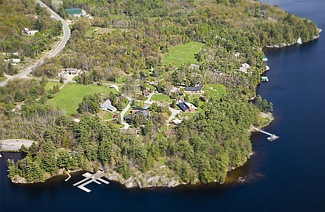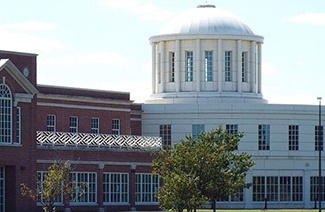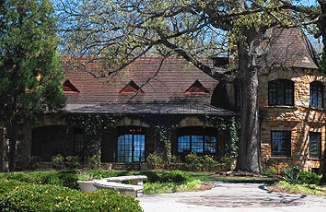SAT-ESSAY素材精华资料26-30!已经为大家整理了SAT-ESSAY素材精华资料1-25,为了帮助大家掌握完整的SAT-ESSAY素材精华资料资料,小编为大家带来了SAT-ESSAY素材精华资料26-30部分的内容,供大家学习。
26
The God in Youth: Michael Jordan There were already signs that he had a good deal of talent. Harvest Smith, a classmate and close friend who in those days played basketball with him practically every day, thought he was the best player on their ninth-grade team — he was small, but he was every quick. “You’d see him get a shot off, and you’d wonder how he did it, because he wasn’t that bit,” Smith said, “but it was the quickness. The only question was how big he was going to be — and how far up he would take his skill level.” The summer after ninth grade, Jordan and Smith both went to Pop Herring’s basketball camp. Neither of them had yet come into his body, and almost all of the varsity players, two and sometimes three years older, seemed infinitely stronger at that moment when a year or two in physical development can make all the difference. In Smith’s mind there was no doubt which of the two of them was the better player—it was Michael by far. But on the day the varsity cuts were announced — it was the big day of the year, for they had all known for weeks when the list would be posted — he and Roy Smith had gone to the Laney gym. Smith’s name was on it, Michael’s was not. It was the worst day of Jordan’s young life. The list was alphabetical, so he focused on where the Js should be, and it wasn’t there, and he kept reading and rereading the list, hoping somehow that he had missed it, or that the alphabetical listing had been done incorrectly.
That day he went home by himself and went to his room and cried. Smith understood what was happening — Michael, he knew, never wanted you to see him when he was hurt. “We knew Michael was good,” Fred Lynch, the Laney assistant coach, said later, “but we wanted him to play more and we thought the jayvee was better for him.” He easily became the best player on the jayvee that year. He simply dominated the play, and he did it not by size but with quickness. There were games in which he would score forty points. He was so good, in fact, that the jayvee games became quite popular. The entire varsity began to come early so they could watch him play in the jayvee games. Smith noticed that while Jordan had been wildly competitive before he had been cut, after the cut he seemed even more competitive than ever, as if determined that it would never happen again. His coaches noticed it, too. “The first time I ever saw him, I had no idea who Michael Jordan was. I was helping to coach the Laney varsity,” said Ron Coley. “We went over to Goldsboro, which was our big rival, and I entered the gym when the jayvee game was just ending up. There were nine players on the court just coasting, but there was one kid playing his heart out. The way he was playing I thought his team was down one point with two minutes to play. So I looked up at the clock and his team was down twenty points and there was only one minute to play. It was Michael, and I quickly learned he was always like that.” Between the time he was cut and the start of basketball in his junior year, Jordan grew about four inches. The speed had always been there, and now he was stronger, and he could dunk .His hands had gotten much bigger, Smith noticed. He was as driven as ever, the hardest-working player on the team in practice. If he thought that his teammates were not working hard enough, he would get on them himself, and on occasion he pushed the coaches to get on them. Suddenly Laney High had the beginning of a very good basketball team, and its rising star was Michael Jordan.
27
Winston Churchill :His Other Life My father, Winston Churchill, began his love affair with painting in his 40s, amid disastrous circumstances. As First Lord of the Admiralty in 1915, he was deeply involved in a campaign in the Dardanelles that could have shortened the course of a bloody world war. But when the mission failed, with great loss of life, Churchill paid the price, both publicly and privately. He was removed from the admiralty and effectively sidelined. Overwhelmed by the catastrophe — “I thought he would die of grief,” said his wife, Clementine —he retired with his family to Hoe Farm, a country retreat in Surrey. There, as Churchill later recalled, “The muse of painting came to my rescue!” Wandering in the garden one day, he chanced upon his sister-in-law sketching with
watercolors. He watched her for a few minutes, then borrowed her brush and tried his hand. The muse had cast her spell! Churchill soon decided to experiment with oils. Delighted with this distraction from his dark broodings, Clementine rushed off to buy whatever paints she could find. For Churchill, however, the next step seemed difficult as he contemplated with unaccustomed nervousness the blameless whiteness of a new canvas. He started with the sky and later described how “very gingerly I mixed a little blue paint on the palette, and then with infinite precaution made a mark about as big as a bean upon the affronted snow-white shield. At that moment the sound of a motor car was heard in the drive. From this chariot stepped the gifted wife of Sir John Lavery .” “ ‘Painting!’ she declared. ‘But what are you hesitating about? Let me have the brush — the big one.’ Splash into the turpentine, wallop into the blue and the white, frantic flourish on the palette, and then several fierce strokes and slashes of blue on the absolutely cowering canvas.” At that time, John Lavery— a Churchill neighbor and celebrated painter— was tutoring Churchill in his art. Later, Lavery said of his unusual pupil: “Had he chosen painting instead of statesmanship, I believe he would have been a great master with the brush.” In painting, Churchill had discovered a companion with whom he was to walk for the greater part of the years that remained to him. After the war, painting would offer deep solace when, in 1921, the death of the mother was followed two months later by the loss of his and Clementine’s beloved three-year-old daughter, Marigold. Battered by grief, Winston took refuge at the home of friends in Scotland, finding comfort in his painting. He wrote to Clementine: “I went out and painted a beautiful river in the afternoon light with crimson and golden hills in the background. Alas I keep feeling the hurt of the Duckadilly (Marigold’s pet name).” Historians have called the decade after 1929, when the Conservative government fell and Winston was out of office, his wilderness years. Politically he may have been wandering in barren places, a lonely fighter trying to awaken Britain to the menace of Hitler, but artistically that wilderness bore abundant fruit. During these years he often painted in the South of France. Of the 500-odd canvases extant, roughly 250 date from 1930 to 1939. Painting remained a joy to Churchill to the end of his life. “Happy are the painters,” he had written in his book Painting as a Pastime, “ for they shall not be lonely. Light and color, peace and hope, will keep them company to the end of the day.” And so it was for my father.
28
a great friendship Thomas Jefferson and James Madison met in 1776.Could it have been any other year? They worked together starting then to further American Revolution and later to shape the new scheme of government. From the work sprang a friendship perhaps incomparable in intimacy and the trustfulness of collaboration and induration. It lasted 50 years. It included pleasure and utility but over and above them, there were shared purpose, a common end and an enduring goodness on both sides. Four and a half months before he died, when he was ailing, debt-ridden, and worried about his impoverished family, Jefferson wrote to his longtime friend. His words and Madison's reply remind us that friends are friends until death. They also remind us that sometimes a friendship has a bearing on things larger than the friendship itself, for has there ever been a friendship of greater public consequence than this one? "The friendship which has subsisted between us now half a century, the harmony of our po1itical principles and pursuits have been sources of constant happiness to me through that long period. It's also been a great solace to me to believe that you're engaged in vindicating to posterity the course that we've pursued for preserving to them, in all their purity, their blessings of self-government, which we had assisted in acquiring for them. If ever the earth has beheld a system of administration conducted with a single and steadfast eye to the general interest and happiness of those committed to it, one which, protected by truth, can never known reproach, it is that to which our lives have been devoted. To myself you have been a pillar of support throughout life. Take care of me when dead and be assured that I should leave with you my last affections." A week later Madison replied- "You cannot look back to the long period of our private friendship and political harmony with more affecting recollections than I do. If they are a source of pleasure to you, what aren’t they not to be to me? We cannot be deprived of the happy consciousness of the pure devotion to the public good with Which we discharge the trust committed to us and I indulge a confidence that sufficient evidence will find in its way to another generation to ensure, after we are gone, whatever of justice may be withheld whilst we are here. "
29
Fossett makes history Flying from horizon to horizon, Steve Fossett completed the first nonstop, flight 'round-the-world without refueling on Thursday afternoon, landing gracefully in Kansas at 2:49 pm ET.
A cheering crowd gathered to usher the GlobalFlyer and its 60-year-old pilot into the record books, something that has become almost routine for Fossett in recent years. The aviator now holds three record-breaking circumnavigations of the globe, the two others by balloon and sailboat. "It's something I've wanted to do for a long time," Fossett said as he stepped out of the plane, his legs wobbly after nearly three days in the cockpit. "It has been a major ambition of mine." The sometimes tense journey across three oceans and dozens of countries began in Salina, Kansas, on Monday evening. The 25,000-mile (40,234 kilometer) voyage took 67 hours and two minutes. It was financed by Fossett's longtime friend and investor, Richard Branson, who heads Virgin Atlantic Airways. As GlobalFlyer approached the airport, Fossett deployed small parachutes to slow the craft down. After touching down smoothly, Fossett taxied the plane toward a hangar and Branson waved a black-and-white checkered flag as the jet came to a stop. Fossett's flight team opened a bottle of champagne onto the runway. GlobalFlyer was built by Scaled Composites, the same firm that designed and launched the world's first civilian manned spacecraft, SpaceShipOne, last year. Burt Rutan, aerospace engineer and head of Scaled Composites, said the plane, and the pilot, performed admirably. Despite the successful homecoming, the GlobalFlyer encountered dark moments during its flight. At one point, controllers thought the plane would run out of fuel far short of its target. Fossett and the GlobalFlyer team considered abandoning the trip when they were over Hawaii on Wednesday because the experimental plane came up about 2,600 pounds of fuel short after taking off. The jet burns 102 pounds of fuel per hour. The team speculated that fuel was vented from four tanks shortly after takeoff. Fossett decided to press on because of favorable tail winds. "If I have engine trouble, there will be no trouble with gliding," Fossett had said earlier in the day before landing. When more data arrived from the aircraft, projections showed the fuel would propel the aircraft throughout its entire 25,000-mile trip.
30
Nowadays, auto-flush motion sensor toilets are in schools, airports, hotels, and tourist spots around the world. But do you know who invented this modern convenience? The answer may surprise you. It was Teng Hung-Chi of Nantou, Taiwan, who was only 19 when he created the original sensor urinal! Teng's inspiration came in 1983 during an exhausting1 day of work as a mechanic. While using the restroom, Teng didn't want to dirty the urinal by pressing the flush button with his greasy hands. He began thinking about how to combine an infrared sensor with a water valve. Two months later, his invention was completed, and Teng sold the patent2 for 1.5 million NT dollars! Since then, Teng's creative inventions have earned him the title "Taiwan's Edison." When people discover that an appliance3 is broken, they often stop using it. Not Teng, though. Since childhood, he has enjoyed learning about such appliances by taking them apart. His curiosity and persistence4 have helped him create many quality innovations.5 For Teng, inventing is nothing more than changing the status quo. Teng's passionate interest in inventing has helped him win many prizes at the annual World Invention Contest. But behind these prestigious1 awards lie days and nights of continuous hard work. For example, in 1999, Teng's "Remote Control Pager Device" made him the first Asian winner of the Genius Prize at the Nuremberg World Invention Exhibition. This invention can control every single appliance in a building from far away! During his award acceptance speech, Teng thanked retailers in Taiwan. If Teng was inspired and needed components, he would knock on the doors of these retailers, even in the middle of the night! Their doors were always open to him. In addition to his lifelong interest in inventing things himself, Teng is also devoted to educating others about invention. The 40-year-old Teng encourages people to pursue2 fantastic notions3 and make them reality, instead of being limited by conventional4 thinking. "As long as you can endure loneliness and you never give up, becoming an inventor isn't difficult at all," Teng says. "If every school cultivated just one outstanding5 inventor, our country would definitely benefit from spectacular inventions!"
